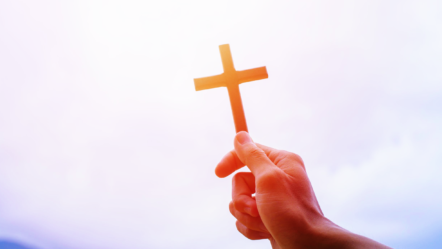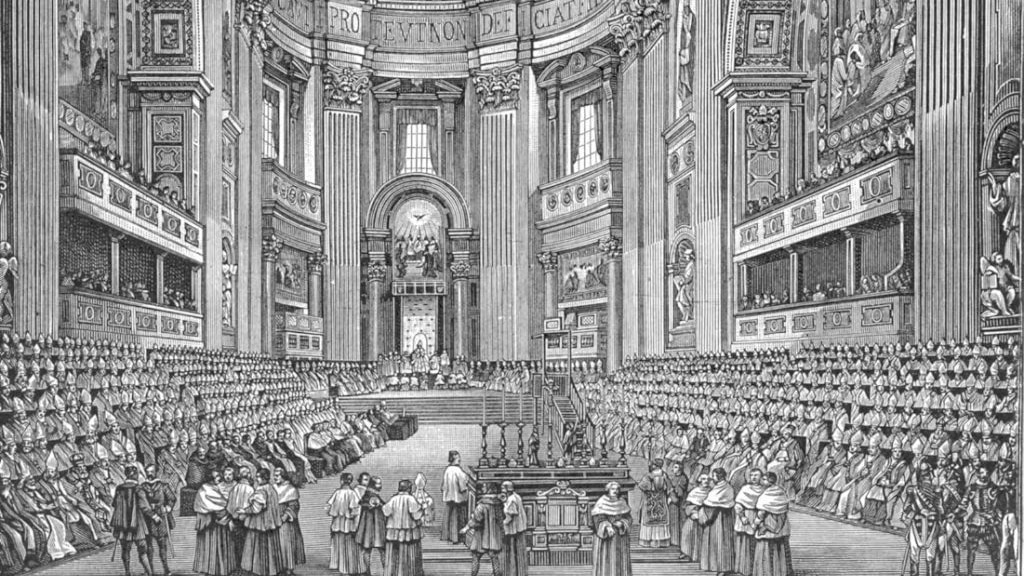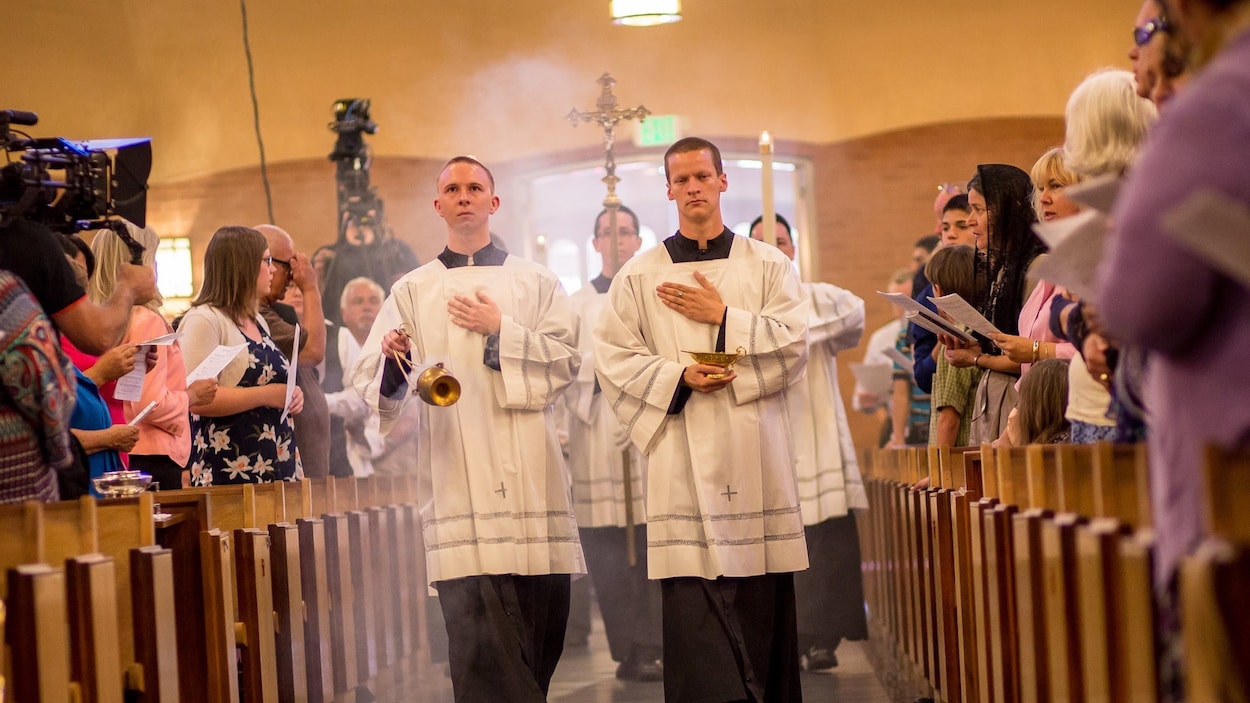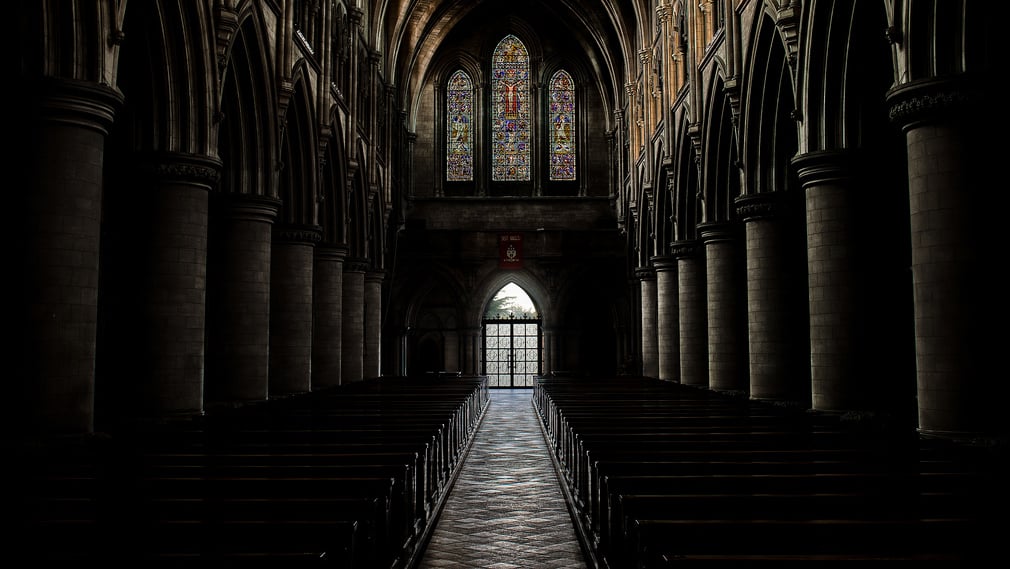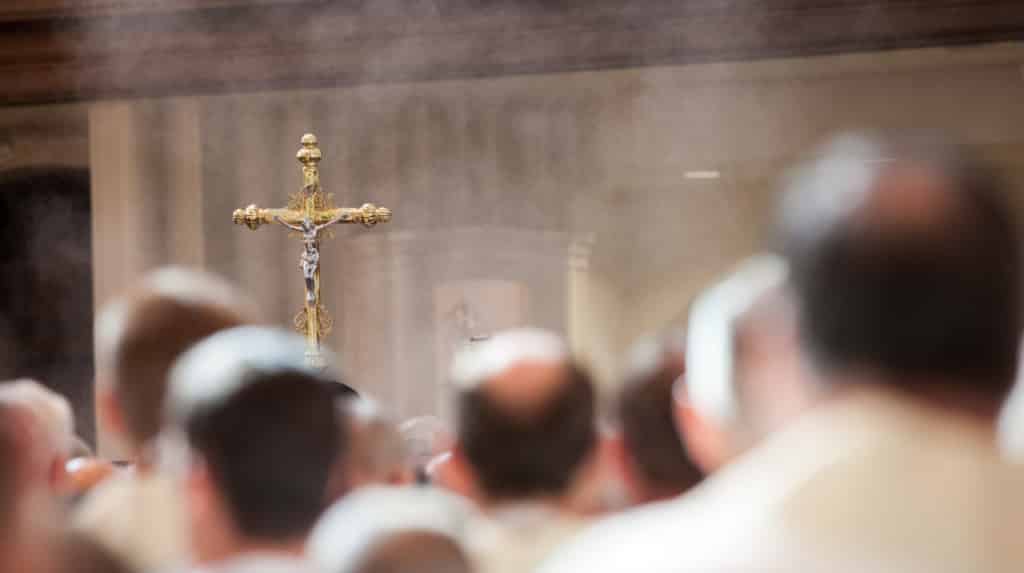Our Third President, Thomas Jefferson was a polymath, who devoted himself to many fields of intellectual endeavor before and after his two terms in office. A child of the Enlightenment, Jefferson took a strong interest in eliminating any forms of miraculous acts that contradicted his God of Science. Unlike most people, who think as he did, he had the effrontery to rewrite the New Testament, eliminating anything that smacked of the miraculous.
Jefferson actually wrote two works on Jesus. Neither manuscript was published then. The first was The Philosophy of Jesus of Nazareth, written in 1804, while Jefferson was still president. In 1819, he finished the second, The Life and Morals of Jesus of Nazareth. This work, which was purchased from his daughter in 1895, is often known as the Jefferson Bible and can be found on Amazon. Jefferson defaced the New Testament by cutting and pasting with a razor blade and glue all the stories about Jesus that excluded all His miracles and most of the references of the supernatural, especially His Resurrection and any reference to Jesus’ divinity in the four gospels.
The New Testament without its miracles reduces Christ to the level of a charlatan or a nut case. C. S. Lewis called this a trilemma. Jesus could only be one of three choices: He was either a liar, a lunatic or the Lord. Lewis wrote an essay about Jesus’ Incarnation, which he called the Grand Miracle. In it he explained why the Incarnation and Christ’s Resurrection were the keys to his conversion from atheism to the Anglican Church.
According to an article, from the C. S. Lewis Institute, which reflected on his aforementioned short book, Lewis addressed the question that was often posed to him, as to whether we could not have Christianity freed from its miraculous elements. Lewis answered that question when he said that there was only one religion he knew of where you could never do that and that is Christianity.
During the first Sunday in Lent, the celebrant (at my parish) said in his homily that while many thousands flocked to Jesus during his three-year ministry, there were only two events when many of them ran away from Him. The second was understandably during and after His arrest, torture and Crucifixion.
The sixth chapter in John’s Gospel depicts the first occasion. Following his feeding of the 5000, Jesus started giving indications of what would become the Holy Eucharist during a talk in the synagogue in Capernaum. He boldly told His congregation that He was the bread of life…the living bread that comes down from Heaven. Whoever drinks My blood and eats My flesh will have life eternal.
Many followers said this teaching had crossed the line. It was just too hard to accept. So they turned their backs on Him and left. Jesus asked His apostles if they were leaving too. Always the one with a candid answer, St. Peter said, To whom shall we go?
I ended my Lenten Meditation last time with a reference to Matthew Kelly’s book Beautiful Sacrament and one of its essays, written by Boston College Philosophy professor, Peter Kreeft. He called it What I Learned from a Muslim about the Eucharist. In this essay Kreeft, who has written several wonderful books, like Everything You Ever Wanted to Know About Heaven, tells the story of his friend, John, who had a discussion with a Muslim, named Isa. The latter asked John: Your Church teaches that he is really present there, yes?
When John started to get apologetic for stating his belief in Transubstantiation for fear of giving offense, Isa questioned if he really believed what he was saying. He then commented that Catholics get down on their knees to worship what to him was nothing more than a round piece of bread. If it were Him, and the bread was really Allah, Isa said…I think I would just faint. I would fall at His feet like a dead man.
After hearing John’s story, Kreeft was inspired to write what reads like an indictment of our modern Church.
The crisis of faith in the Church is a crisis of faith in Christ’s Real Presence. The deepest root of the dullness and ineffectiveness of most parishes, laity, clergy, homilies, liturgies, music, catechesis, programs and all the extra Martha-like activities is not outright heresy or apostasy, but simply remoteness from the Person.
Polls have consistently said only 33% of Catholics believe or understand what the Real Presence is. To me, this sounds very much like a positive proof of Professor Kreeft’s suppositions.
Kreeft then thinks out loud about the many Catholics who have left the Church and joined other faiths. He wonders how they have such religious fervor, as exhibited by Evangelicals, Fundamentalists and Pentecost Protestant sects, especially throughout the Americas during this last generation. Why then would this happen when Catholics have the fulness of faith and the complete Gospel virtually all denominations lack?
The professor thinks it has little to do with tradition, history, popes, saints and sacraments. He thinks it is the fact that in these Protestants sects the fallen-away Catholics have found an affection, for the one thing they have always had but apparently did not realize or practice it. They are leaving the Church in droves because they have not seen the Person of Jesus in the other members. I think this is a valid argument, despite the fact that they had Jesus in the Real Presence, something their new Protestant sects deny. Perhaps, this paradox has contributed to the popular heresy, known as indifferentism that all faiths are basically the same.
As Kreeft writes, ironically, the Church has a presence these Protestants do not even claim to have: an objective and perfect Real Presence in the Eucharist, worthy of worship, not just a subjective and imperfect presence in souls. Christ is really present in the Eucharist after the priest consecrates the bread and wine….just as He was in the streets of Nazareth or on His cross.
What the Church has failed to do is teach the Real Presence as if they believed in it. Ever since Vatican II, the Church seems to have lost sight of Christ’s presence, not only in the Eucharist but in the Church as well. Many parishes have modernized with churches that stretch horizontally and not spires that aspire to the heavens. Thus, they have stressed the Church as a community, and not so much as Jesus’ house. Kreeft believes that the truth is that during the last two generations, educated in the faith by the CCD texts, full of deadly platitudes simply did not really know or properly explain Christ.
On a similar note, Sister Helena Burns, FSP, raises the question:
What makes the Catholic Church different from all the other Christian churches? In her essay, Why I Lied to My Pastor about First Communion, she answers her own question, if Jesus was truly present in the tabernacle of Catholic churches all over the world, then this was His Church and I needed to stop disbelieving and fighting against so many of her other doctrines.
Matt Warner’s essay, Why Didn’t Anyone Tell Me This? states that as a child he believed everything the Church taught him but as he grew older, he realized how little he really knew about the faith until he read his first book on apologetics. It kept dragging him into the deep waters of the faith. He raises the question as to how we should preach the Good News to a culture that thinks it is the old news.
In the Church today, many Catholics seem to be, not only clueless about its teachings, but also do not know Christ Himself. Only the presence of Jesus could have Christianized the world but as we read the newspapers, many of us should come to the sad realization that it is the lack of Christ in the world that has effectively sent Jesus and his followers to the sidelines.
I lay this at the feet of the legacy of the French Revolution and the concurrent rise of the lack of personal and public morality promoted by Positivism. Christ can re-Christianize the world, only with the support of a vibrant Church. Warner realizes the Modern Story leaves no room for the supernatural in today’s culture. It tells us of a round Earth, but a flat universe squashed down to only include the particles and forces the natural sciences can detect and measure.
To me this sounds something like what Dr. Anthony Fauci, the non-practicing Catholic, who considers himself, The Voice of Science, would say. This worldview not only excludes much of reality, it misses the most important parts. It certainly leaves no room for the Eucharist.
Editor Matthew Kelly’s concluding essay, Get Close and Stay Close provides an interesting perspective. When travelling across Europe and the United States, he was impressed by the beautiful cathedrals in Rome, Paris, Milan and New York City. He asks if we have ever wondered why thousands of men built such beautiful edifices hundreds of years ago.
There is only one correct answer, and it was much more than the art or architecture. They were giving praise to God, especially with the Spires reaching for the heavens because Jesus was truly present in them. These stone edifices were a holy testament to God and were built to house Him in the sacraments, especially the Holy Eucharist.
The Church has rightfully encouraged Holy Hour Adoration. But this inspired a question. How can we change the world by sitting alone or with others adoring Jesus? Professor Kreeft answers his own question: we let God do things. He forms our minds and hearts if we give them to Him. Other faiths understand the silence of prayer better than we do.
The Buddhists have always understood the superior power of silence over speech, and of contemplation over action much better. Too many Catholics think they can save the world by working for St. Vincent DePaul or promoting social justice. While these may be laudable activities, they are not going to change the hearts of mankind. Only God can do that through us. He can do this by changing souls, which are the source of wars…by touching the root, not the branches. In adoration we touch the root of everything, Christ the Pantocrator. The Ruler of all.
Kreeft paints a scenario of what can happen. He raises the imaginative questions: what sound will we hear to replace the great silence of Eucharistic adoration? He says that we will hear the same sound we hear from the National Council of Churches: the sound of coffins being built, the sound of dead logs falling.
But what sound will we hear if we rediscover His Real Presence and adore Him? The same sound we hear in the Gospels, the sound of blazing fire, the rattle of dry bones coming to life, the shouts of joy that ring through Scripture when the Good News is proclaimed. Jesus is with us until the consummation of the world.

